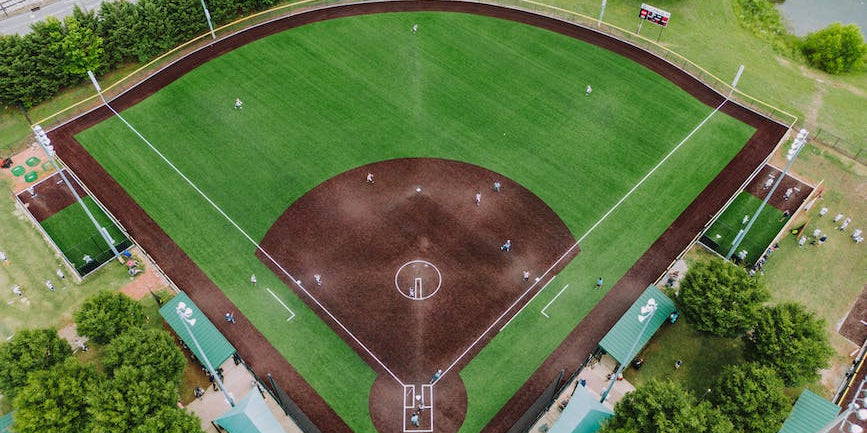Understanding Softball And Baseball Difference
If you've always considered softball and baseball to be the same game, you're not alone. On the surface, they both involve two teams , bats, balls, and the shared goal of scoring more runs than the opposition. Yet, despite the initial similarities, these two sports are quite different in several aspects. In fact, they are different enough to be considered two separate sports altogether . While both sports are derived from the same game, variations in their rules, equipment, field dimensions and pitching techniques have made them distinct. In this blog, we delve deeper into the differences between the two sports, underlining what sets them apart. Stay with us as we break down the distinctive traits of softball and baseball.
Understanding the Field Sizes.
In understanding the differences between softball and baseball, one cannot overlook the field sizes. A standard baseball field is significantly larger, with the distance from the pitcher's mound to home plate typically averaging 60 .5 feet. A larger outfield also defines baseball : the minimum distance from home plate to the outfield fence is typically 325 feet .
Conversely, softball fields are more compact. The pitcher's mound is closer to home plate, averaging a distance of 43 to 50 feet, depending on the league. The outfield fences are also closer, frequently set at 200 feet from home plate.
Because of these size differences, defensive strategies and player positions on the field vary notably between the two sports – a key aspect when considering game dynamics and the skill sets required to excel.
Difference in Pitching Techniques.
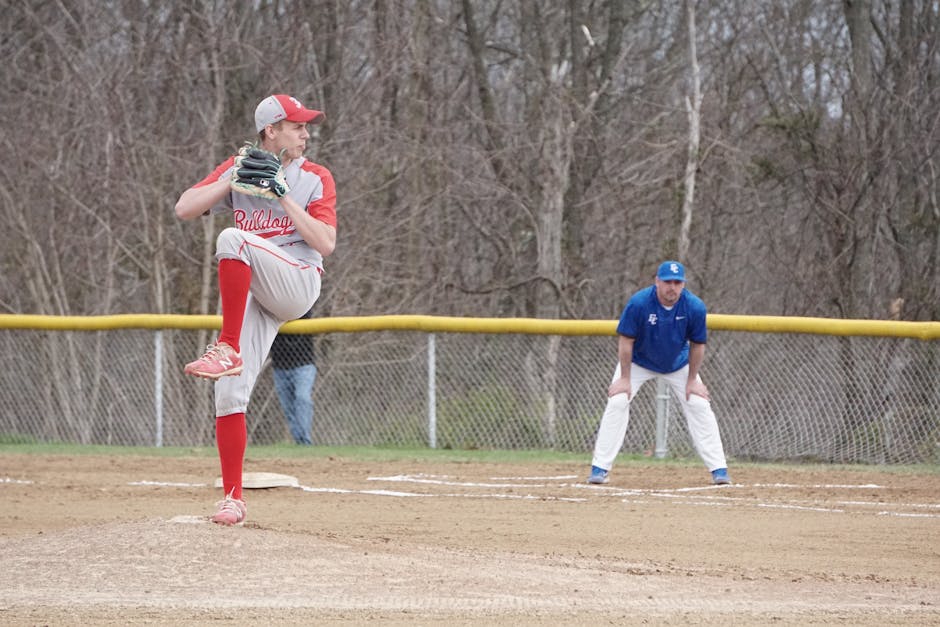
Often considered siblings of the same sport, softball and baseball have significant differences, notably in pitching techniques.
In baseball, the pitch is typically delivered overhand or sidearm from a slightly elevated mound, with the ball thrown at a high speed, often exceeding 90 miles per hour . The pitch trajectory is directly towards home plate, with various grip strategies influencing the speed and movement.
Conversely, softball pitching is characterized by an underhand motion in a windmill style. The pitcher stands flat on the ground, launching the ball from a lower point, resulting in a completely different trajectory. Due to the ball’s larger size and softer material, pitching speeds usually range from 50 to 60 miles per hour .
These pitching differences fundamentally influence gameplay , making each sport a unique experience for both players and fans.
Baseball and Softball Ball Sizes.
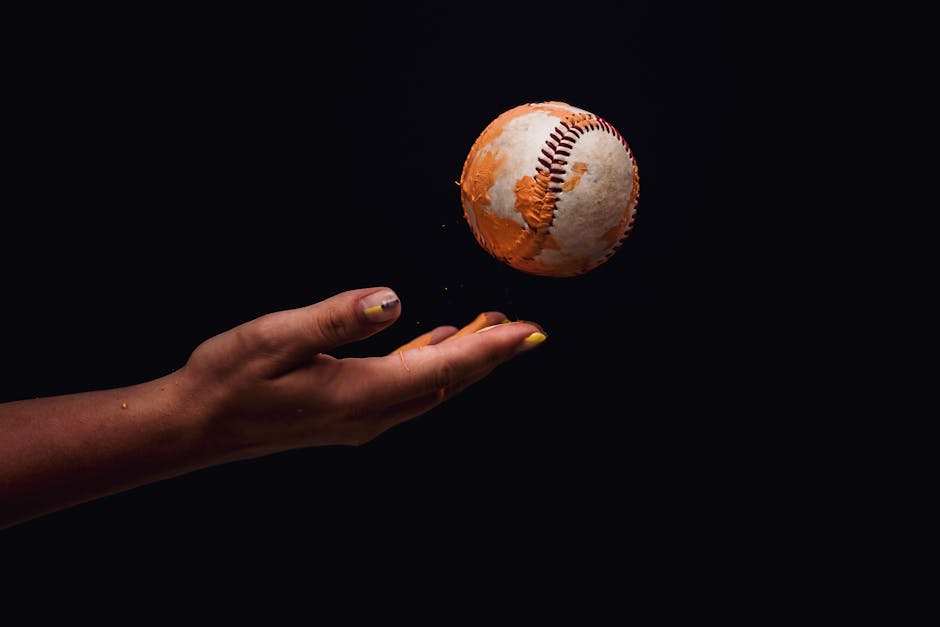
Understanding the differences between softball and baseball extends beyond the field of play, and right to the makeup of the balls used in each sport.
With a circumference of 9 to 9.25 inches, baseballs relatively smaller than softballs, which measure 11.88 inches in circumference for fast-pitch and 12.13 inches for slow-pitch. Similarly, the weight varies for each sport, with a baseball typically weighing between 5 and 5.25 ounces, and a softball weighing between 6.25 and 7 ounces.
These discrepancies in size and weight have a significant impact on the game's dynamics. Smaller, weighted balls for baseball cater to faster, longer throws, whilst larger, lighter softballs are designed for shorter, slower throws. A clear understanding of these nuances can greatly enhance both playing tactics and spectator experience.
Equipment Variances in Both Sports.
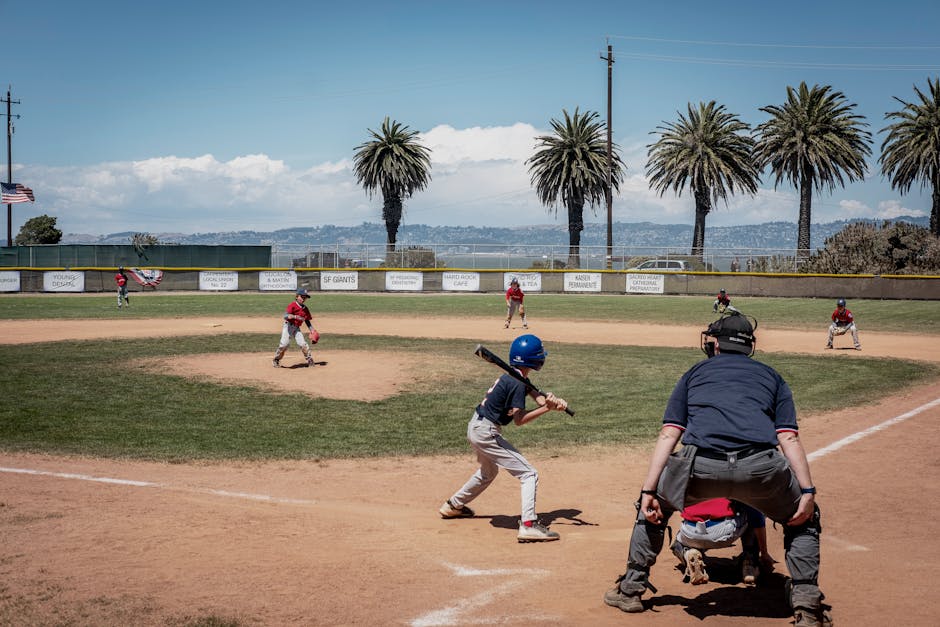
Equipment in both softball and baseball differ significantly due to the different rules and gameplay unique to each sport.
In baseball, balls are smaller, firmer, and heavier while softballs are softer, larger, and lighter. The bat in softball is shorter and lighter compared to the longer, heavier bats used in baseball.
For protection, fielding gloves in softball have larger pockets to catch the bigger ball, unlike the smaller baseball mitts. Softball players rarely wear pants, opting for shorts, while baseball players wear long pants to ensure safety.
Also, there are strict specifications regarding the size and weight of equipment in each sport that players must follow . Understanding these variances can enhance appreciably the playing experience, skill, performance, and safety of players on both diamonds.
Analyzing Game Speed and Duration.
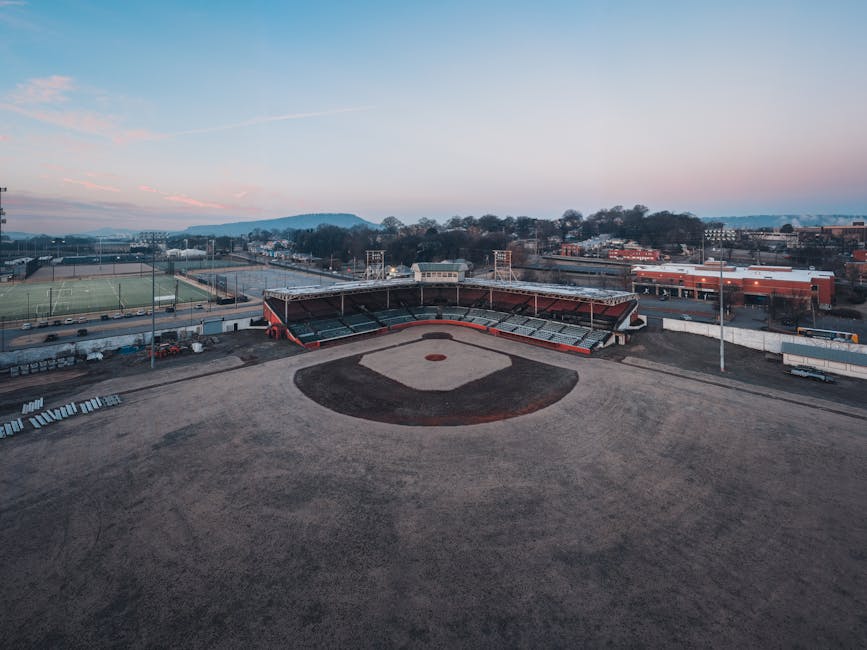
In closely analyzing softball and baseball, one distinct difference is notable in the speed and duration of the game.
The pace of softball games tends to be faster, largely due to their smaller playing field, which typically measures 60 feet between bases, compared to baseball's 90 feet. This inherently speeds up the game, with actions such as scoring runs and catching fly balls happening quicker .
Contrastingly, a baseball game, requires a more prolonged focus for its nine innings, each of which may last up to 20 minutes.
Softball games, typically comprised of seven innings, tend to wrap up in roughly two hours , whereas baseball games often exceed three hours .
Therefore, for those seeking a quicker, high-energy game, softball could be their ideal choice, while baseball suits those desiring a longer, strategic standoff.
Rules and Regulations: A Comparison.

In comparing the rules and regulations of softball and baseball, several distinctive elements emerge.
Firstly, the pitch in baseball is thrown in a primarily overhand motion whereas , in softball, the pitch is delivered underhand from a flat pitcher's circle.
Baseball innings top at nine whereas softball games run for seven innings under normal circumstances.
Additionally, there are differences in field dimensions, with softball fields generally smaller than baseball fields.
Player positioning also varies. In softball, shortstop and second basemen typically play closer to the third-base line and first-base line respectively, while baseball positions are more evenly spaced.
Notably, baseball's strike zone varies from batter to batter, while softball enforces a consistent, albeit smaller, zone.
These are just some of the distinct rules and regulations between these two sports. More yet exist, each shaping the games’ unique dynamics.
The Evolution of Softball and Baseball.
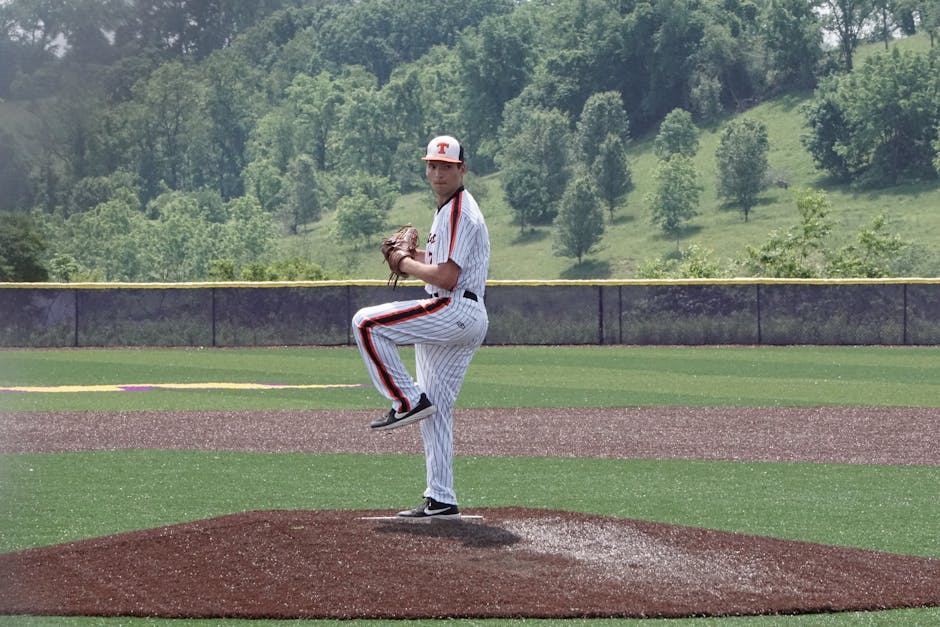
Softball and baseball, though seemingly similar , have evolved separately over the years to become two distinct sports .
The seed of baseball was sown in the early 19th century in the United States. It has since grown spectacularly, establishing itself as the national pastime. Over time, intricate rules and strategies have been developed, rendering it a complex sport that's excitingly unpredictable.
In contrast, softball, a direct offshoot of baseball, was designed in the late 19th century to be an indoor sport. It has since evolved to be more player-friendly, with a smaller field and a larger ball, which makes the game faster and high-scoring.
Despite the semblance, the evolution of both sports distinctly catered to different groups of players and audience, creating a beautiful diversity in the world of bat-and-ball games. Their evolution continues today, with both games constantly adapting to engage players and fans alike.
Skills Required for Both Sports.
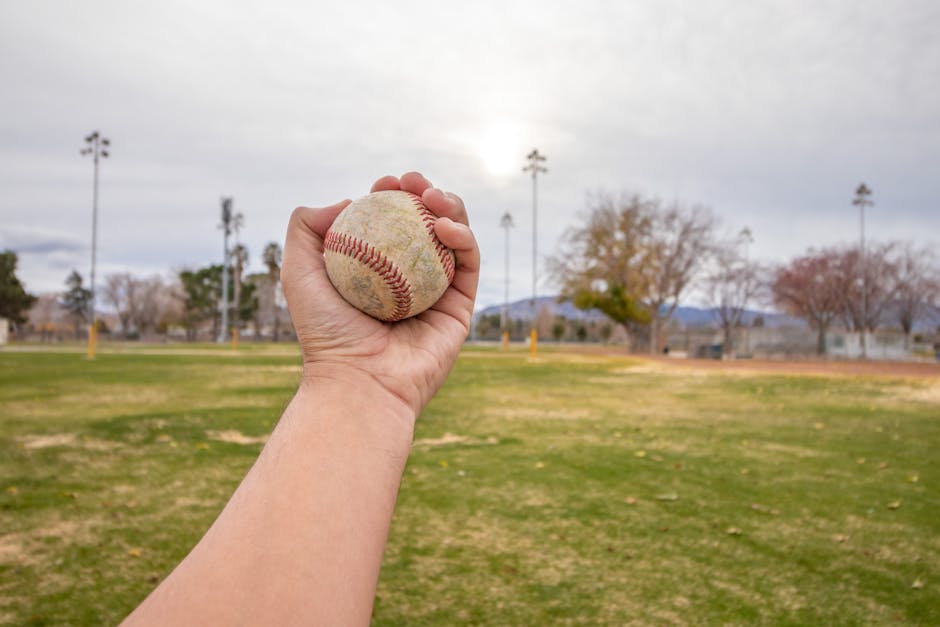
Playing both softball and baseball require a specific set of skills. Both players must have a firm grasp of the fundamentals, such as throwing accurately, catching, and hitting. But nuances and strategy differ widely .
In baseball, timing and precision are key due to the smaller ball and overhand pitching. Bat control and ability to analyze pitch paths are crucial skills for players.
Softball, on the other hand, emphasizes rapid reflexes due to the shorter field and quicker play. Players benefit from a fast reaction time and the ability to adjust quickly to underhand pitches.
Though the skills required for softball and baseball overlap, their execution and importance depend greatly on the sport in question. This clearly showcases the unique challenges and complexities present in each game.


